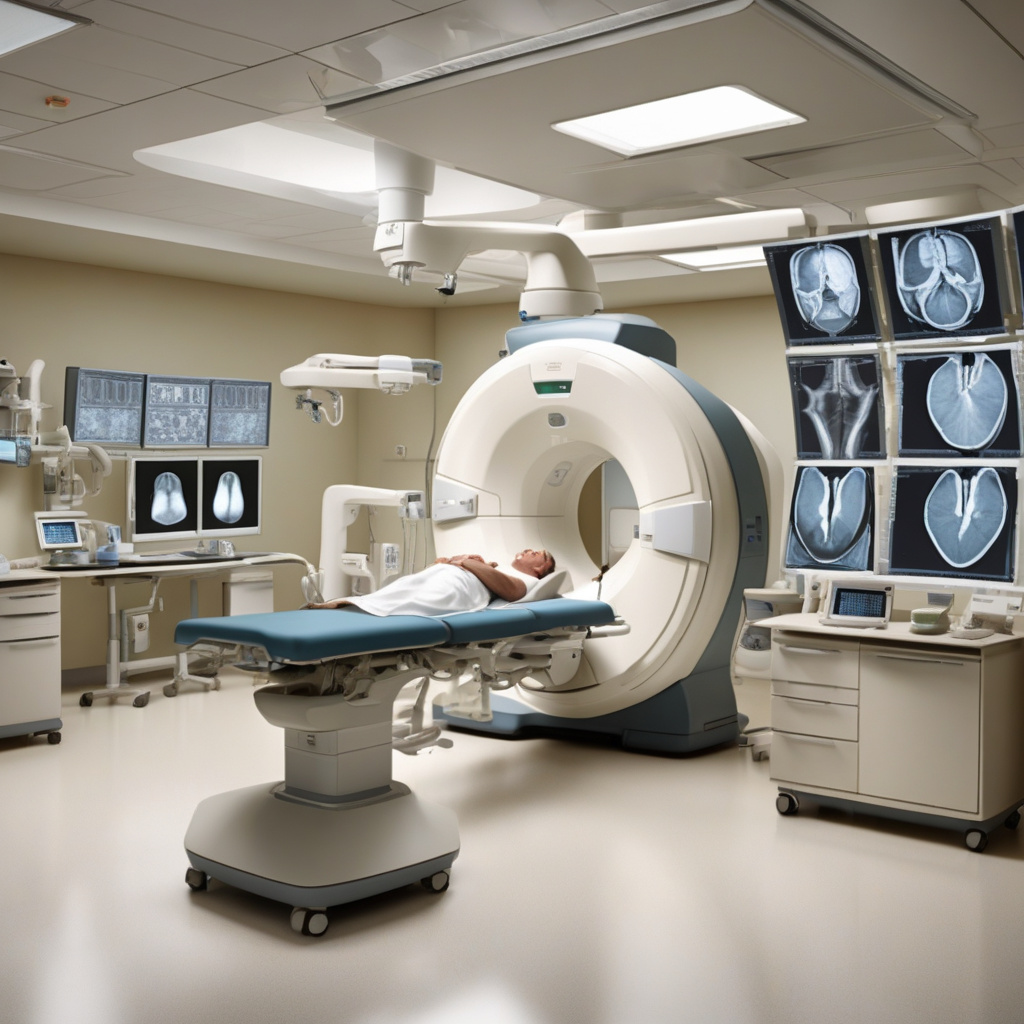Radiologists Aren’t Going Anywhere
Nine years ago, the realm of medicine trembled as AI pioneer Geoffrey Hinton boldly proclaimed the imminent extinction of radiologists due to the unstoppable rise of artificial intelligence. Hinton’s statement, deeming it “just completely obvious,” ignited a flurry of discussions within the medical community about the future of this essential specialty.
However, fast forward to the present day, and the landscape looks remarkably different. Contrary to Hinton’s forecast, radiologists are not only holding their ground but are, in fact, thriving. The New York Times aptly notes that these specialists, whose expertise goes far beyond mere image analysis, are not facing obsolescence but are instead experiencing a period of unprecedented growth and evolution.
While it is undeniable that AI has significantly impacted the field of radiology by enhancing image interpretation accuracy and efficiency, the role of a radiologist extends far beyond this aspect. Radiologists are trained medical doctors who bring a holistic understanding of patient care to their practice. They not only interpret imaging studies but also collaborate with other healthcare professionals, contribute to treatment decisions, and ensure the highest standard of patient safety and care.
Moreover, the complexity of certain cases, the nuances of individual patient histories, and the need for human empathy and intuition in healthcare settings are elements that AI, for all its advancements, has not been able to fully replicate. Radiologists possess a unique blend of medical knowledge, clinical experience, and critical thinking skills that are indispensable in accurately diagnosing and treating patients.
In the face of technological advancements, radiologists have embraced innovation and incorporated AI tools into their workflow to enhance their diagnostic capabilities further. AI serves as a valuable ally, aiding radiologists in detecting subtle abnormalities, expediting report generation, and reducing the risk of human error. By leveraging AI as a supportive tool rather than a replacement, radiologists have elevated the quality of patient care and streamlined diagnostic processes.
Furthermore, the demand for radiological services continues to soar, driven by an aging population, advances in imaging technologies, and the growing emphasis on preventive healthcare. As such, the field of radiology is witnessing a surge in job opportunities, with a projected growth rate that outpaces many other medical specialties. Radiologists are increasingly sought after for their expertise in diagnosing a wide range of conditions, from fractures and tumors to cardiovascular diseases and neurological disorders.
In conclusion, while the advent of AI has undoubtedly reshaped the practice of radiology, it has not rendered radiologists obsolete. On the contrary, radiologists play a pivotal role in the healthcare ecosystem, combining their medical acumen with technological advancements to deliver precise diagnoses and personalized care to patients. As technology continues to evolve, radiologists are poised to adapt, innovate, and lead the way in shaping the future of medical imaging. So, rest assured, radiologists aren’t going anywhere—they are here to stay, evolving alongside technology to provide unparalleled healthcare services to those in need.

